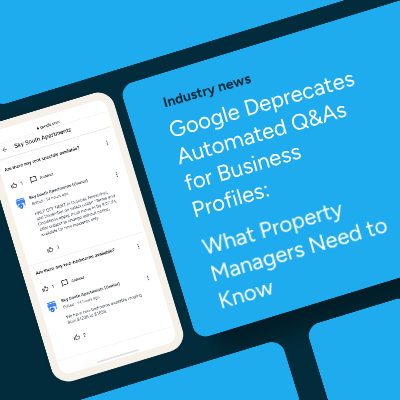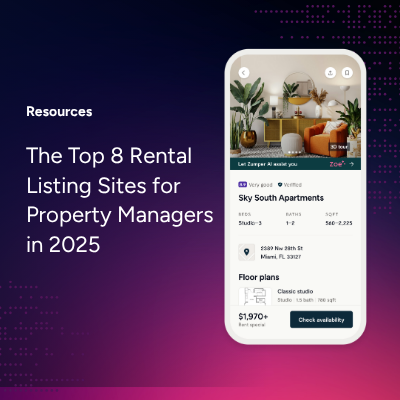
As a landlord, you need to keep detailed financial records in order to manage your property. Whether you are looking for a tool for managing the day-to-day workings of a property or thinking about selling an investment property, a rent roll is an essential document you’ll want to know how to use. Think of a rent roll as your one-stop-shop for keeping track of rent payments from each unit you manage along with the total income for your property. Learning what rent rolls are and how they work prepares you to better manage your property.
What are rent rolls?
A rent roll provides a statement of the value of a rental property. Rent rolls are important documents that let landlords and other parties easily see rents that are due as well as rents collected on investment properties. A rent roll will focus on the gross rent collected. In other words, you would not use a rent roll report to see net rent after expenses like utilities, insurance, taxes, or monthly mortgage.
So, what will a rent roll show you? All in all, rent rolls are snapshots of a property’s overall expected income and historic income. A rent roll can allow you to:
- Get a quick overview of your property’s performance and your gross rental income
- Review both current and past tenancies
- Perform market research
- Analyze potential investment
Keeping detailed financial records via a rent roll can help you manage your finances and increase the profitability of your property. Rent rolls can also help you sell an investment property if you choose to do so as they reflect the income potential of your rental property.
Who uses rent rolls?
You can create a rent roll for real estate properties of any type. Whether you are looking to use a residential or a commercial real estate rent roll, this document can prove invaluable.
Various individuals and entities may use a rent roll. This all-purpose document is useful for parties such as:
- Landlords
- Property managers
- Lenders
- Buyers of a property
- Sellers of a property
- Real estate investors
As a landlord, you’ll find that rent rolls prove incredibly useful. Landlords and property managers look to rent rolls to aid with the daily management of their properties. Some things you can use a rent roll to analyze include:
- Anticipated rental income
- Actual rental income collected
- If you have room to increase rent based on your area’s fair market rent
Because rent rolls break down information by unit, you can also easily see which of your renters haven’t paid rent or which have a habit of paying rent late. This information can help you stay on top of any potential problems and file for evictions if needed.
If you are renting units in an investment property, you can largely sustain the investment from rental incomes. So, it’s very important to make sure you’re earning sufficient rental income. A rent roll allows you to track this key information.
In addition to using rent rolls to help you manage your property, you may need to show this document to various other parties. For example, if you are considering refinancing your property, lenders will likely want to see a rent roll as it can show the historic and anticipated income of the property. Government agencies may also require rent rolls in some cases.
How do rent rolls work?
A rent roll gathers rent data from each lease agreement and creates a single document that’s easy to read and understand. That means you won’t have to spend time looking for any individual renter’s lease to the check rent amount or lease start or end dates. Overall, a rent roll provides two key details:
- It breaks down the rent per unit
- It gives a total rent amount for your entire property
You can have property-specific rent rolls or develop a master rent roll for your full property portfolio if you manage more than one property. Though the specific information on a given rent roll will vary based on the type of property you have, rent rolls should include certain key details related to the property, unit or house, and renters.
Property information contained on a rent roll should include:
- Property owner or management company name
- Property address
- Property type, such as multi-unit or single-family
- Property market or zoning area, such as urban, suburban, residential, or mixed-use
Unit or house data contained on a rent roll should include:
- Unit number, if a property has more than one rental unit
- Number of bedrooms
- Number of bathrooms
- Square footage
- Lot size
- Any additional features or amenities, such as a backyard, garage, or common-area swimming pool
Renter information contained on a rent roll should include:
- Renter name
- Lease start date
- Lease end date
- Monthly rent
- Any additional rent, such as storage, parking, or pet fees
- Rent payment due date
- Date rent paid
- Past due rent
- Prepaid rent
- Security deposit landlord holds
- Any rent concessions
A rent roll should also include a rental income summary. This should cover:
- Total monthly rent collection, which will include any extra rental income
- Total annual rent collected, which will include both any extra rental income as well as any annual fees charged to renters like pest control or landscaping
Having the detailed information provided by a rent roll can offer an essential tool for managing your units and property. Zumper’s rent collection tool will allow you to collect and track rent payments in a streamlined way.
You’ll get to see rent payments that are due, pending, and paid to better ensure everything is running smoothly or to react to problems swiftly if they do arise. This information contained in a rent roll can prove critical if you want to refinance your property or you are working with investors who might want to buy the property, but it is also incredibly useful just for managing the day-to-day operations of your property.



